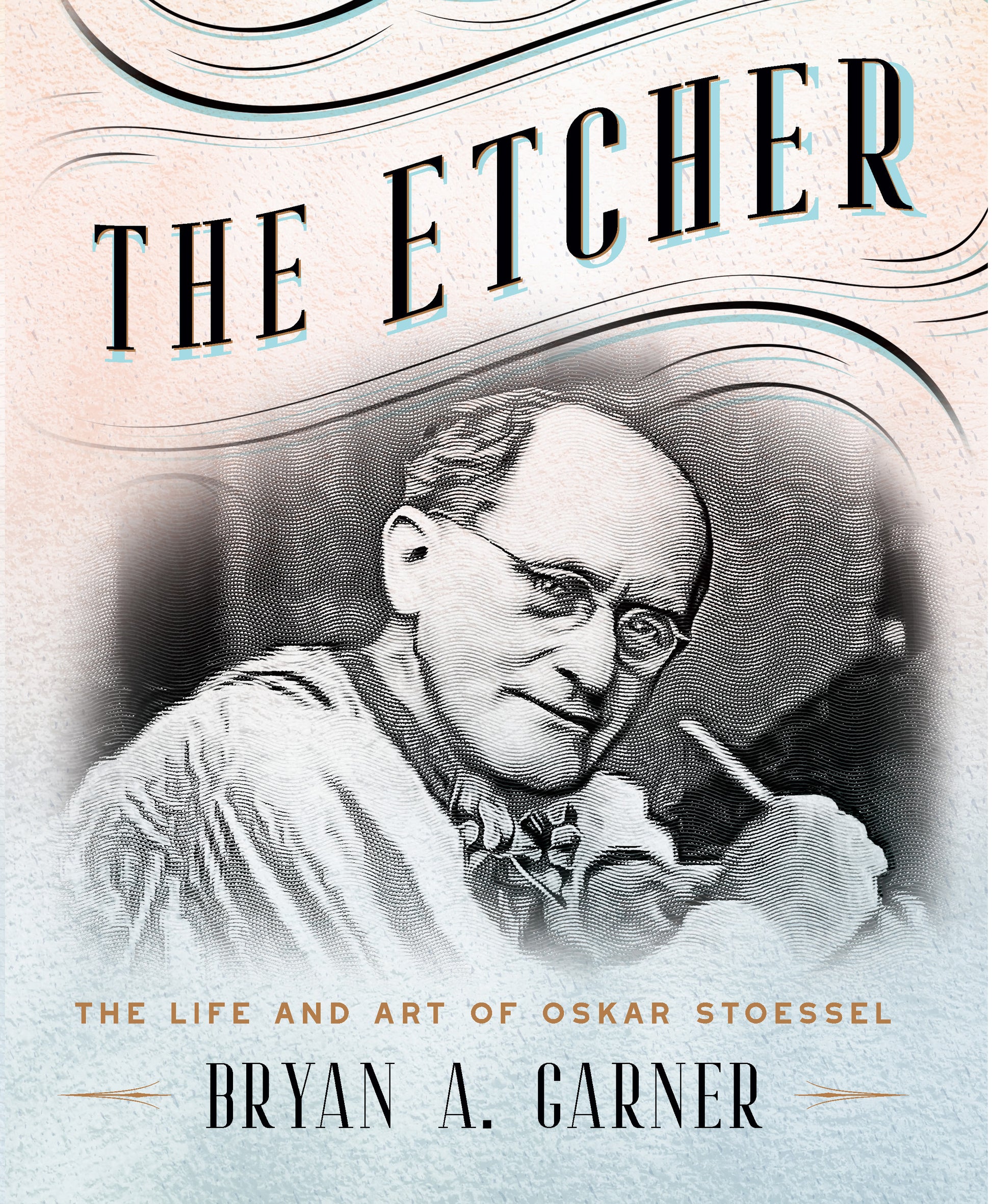
“A worthy resurrection of a little-known artist.”—Publishers Weekly
This is the remarkable story of Oskar Stoessel, a gifted Austrian portraitist who arrived in America as a penniless refugee—and soon found himself painting icons such as President Franklin D. Roosevelt, the Supreme Court Justices, and the first director of the National Gallery of Art. Thoroughly researched, beautifully written, and richly illustrated, this definitive biography brings a forgotten master back into the spotlight.
“Who was Oskar Stoessel?” a Supreme Court justice asked author, Bryan A. Garner. They were both looking at a remarkable portrait that bore Stoessel’s signature. That question started a search, initially on the internet where Garner discovered the remarkable fact that in the 1940s Stossel he had etched portraits for the entire U.S. Supreme Court.
This account has been gleaned, over many years of research, from library archives of the eminent people whose portraits Stoessel etched; from contemporaneous newspapers; from museum archives in Europe and America; from small stashes of Oskar’s work in European and American art galleries; from official government documents; and from the files of Oskar’s only known living relative. Stoessel’s story, as it emerges from these disparate sources, becomes a magnificent biography.
Praise for The Etcher
“Garner uncovers in this scrupulous biography the life of artist and etcher Oskar Stoessel....A worthy resurrection of a little-known artist.” —Publishers Weekly
“This tale of friendship, personal indebtedness, and gratitude will appeal to lawyers and art-lovers alike, which is no mean feat.” —Hon. Morris S. Arnold, U.S. Court of Appeals for the Eighth Circuit
“This is a richly textured resurrection of the life of a great artist. It reflects the conviction that even the most powerful and malicious of dictators cannot ultimately efface art. It also serves to remind us of the immense contribution to American culture made by gifted and desperate persons fleeing oppression. Garner’s pen is a perfect match for Stoessel’s etchings and, like them, vividly brings to life their subjects.” —Philip Bobbitt, Herbert Wechsler Professor of Jurisprudence, Columbia Law School

